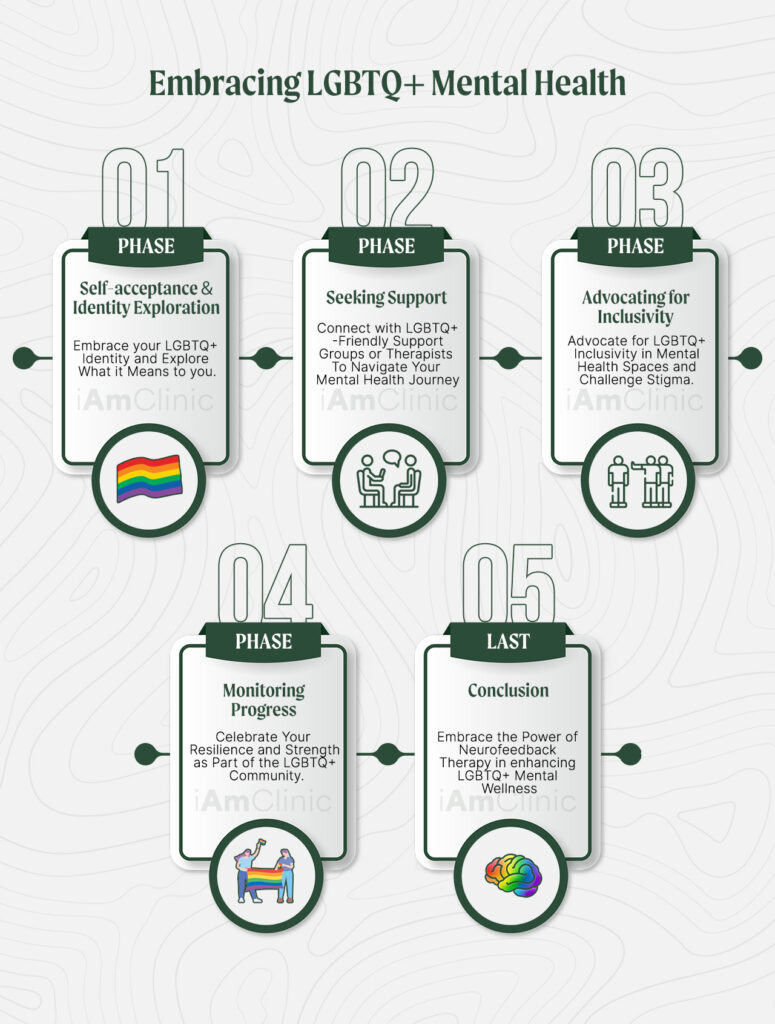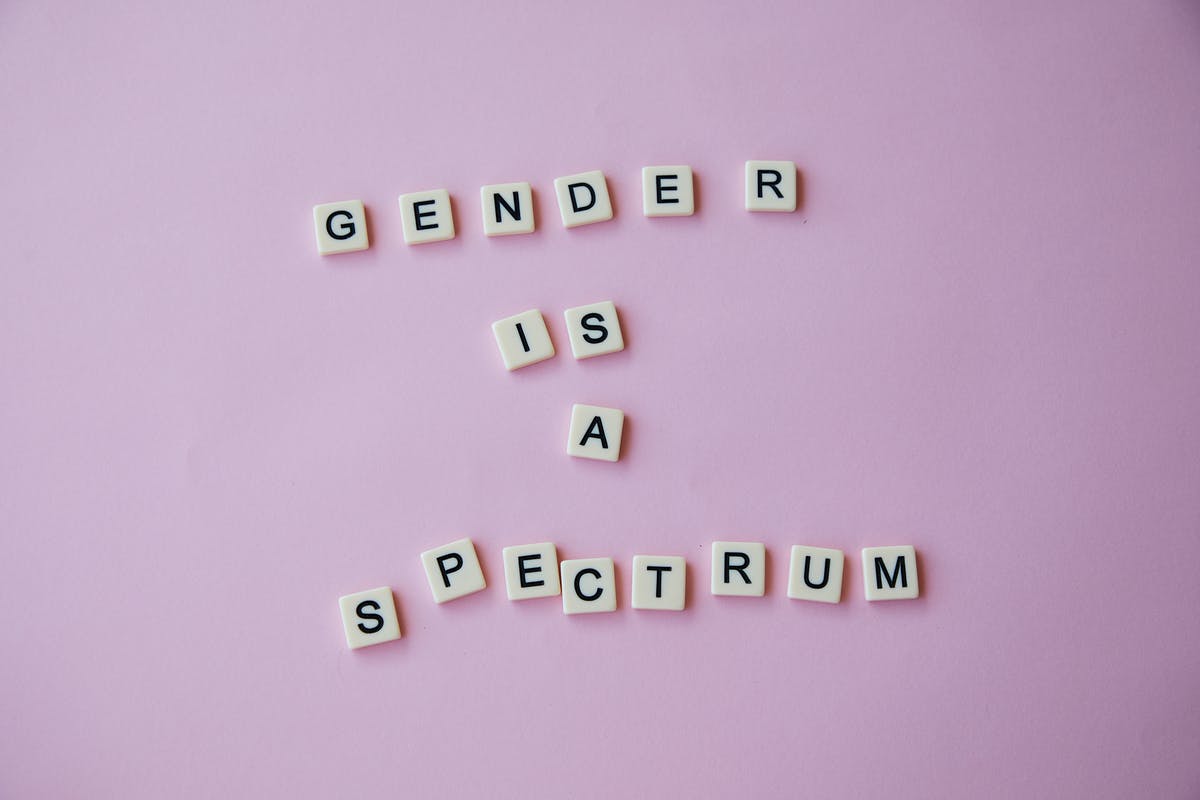Contents
Jump To:
1. Gender Identity & Sexual Orientation Basics
2. Gender Identity & Sexual Orientation Complications
1. Gender Identity & Sexual Orientation Basics
Sexual orientation refers to a person’s attraction to another; physically, romantically and/or emotionally. There are many definitions beyond gay, lesbian and bisexual, which are the most commonly used to describe our communities. Some less referenced identities and definitions used in the larger LGBTQIA+ community are:
Allosexual– denotes a person who experiences sexual attraction to others
Asexual– is an umbrella term used to describe a multitude of identities for people who do not experience sexual attraction, regardless of gender or biological sex, sometimes shortened to Ace or Aces
Demisexual– refers to a person that usually needs to develop an emotional connection to someone before experiencing sexual attraction to that person
Polysexual– is an umbrella term used to refer to people who experience sexual attraction regardless of someone’s gender
Queer– is an umbrella term that can be used to encompass all of the identities in the LGBTQIA+ community and offers a broader perspective on sexuality as a spectrum. This term still has some negative connotations for members of the community, despite being reclaimed by others
Sapiosexual– people who experience attraction based on intelligence, gender and biological sex may be irrelevant
Click here for a more exhaustive list of identities and sexual orientations.

Gender identity refers to how a person experiences their own gender. Someone who feels that their gender does not align with the biological sex they were assigned at birth is transgender. Transgender people may identify as binary (aligning with social definitions of masculinity and femininity) or non-binary (identifying outside of the binary altogether). Some identities commonly associated with a binary identity are transman, transwoman, transmasculine and transfeminine. Some non-binary identities may include genderfluid, gender nonconforming, or agender (having no gender). A person who does feel that their gender identity matches the sex they were assigned at birth is cisgender.
Click here for more identities and definitions.
2. Gender Identity & Sexual Orientation Complications
So, how does all of this intersect? Sexual orientation has to do with who you are attracted to and gender identity has to do with how you experience/present yourself. Just like cisgender people within the LGBTQIA+ community, transgender folks also experience a wide variety of sexual orientations. For more binary identified trans folks, they may identify as straight, gay, lesbian or any of the above identities based on how they experience sexual attraction. Some examples include a transwoman who is only attracted to other women who identifies as a lesbian or a transman who is only attracted to women who identifies as straight. For more non-binary identified trans folks, they may prefer to avoid sexual orientation identities that imply their gender is binary, such as straight, gay or lesbian.
For some folks, their gender or sexual orientation may not be fixed, resulting in more fluidity in expression and attraction. This could mean identifying as a lesbian one day someone is feeling particularly feminine and attracted to women, or identifying as polysexual on a day one is feeling more attracted to different genders.
When we are first coming into our identities beyond cisgender or heterosexual, having words that accurately describe how we feel can be incredibly valuable. As we grow and learn more about ourselves, these identities might shift and intersect differently throughout our lives. The richness of the LGBTQIA+ communities is born from our self-exploration and expression. Our hope is that this post might offer some guidance along your own journey. We are here if you are exploring such complexity with your identities and need someone to talk to.


